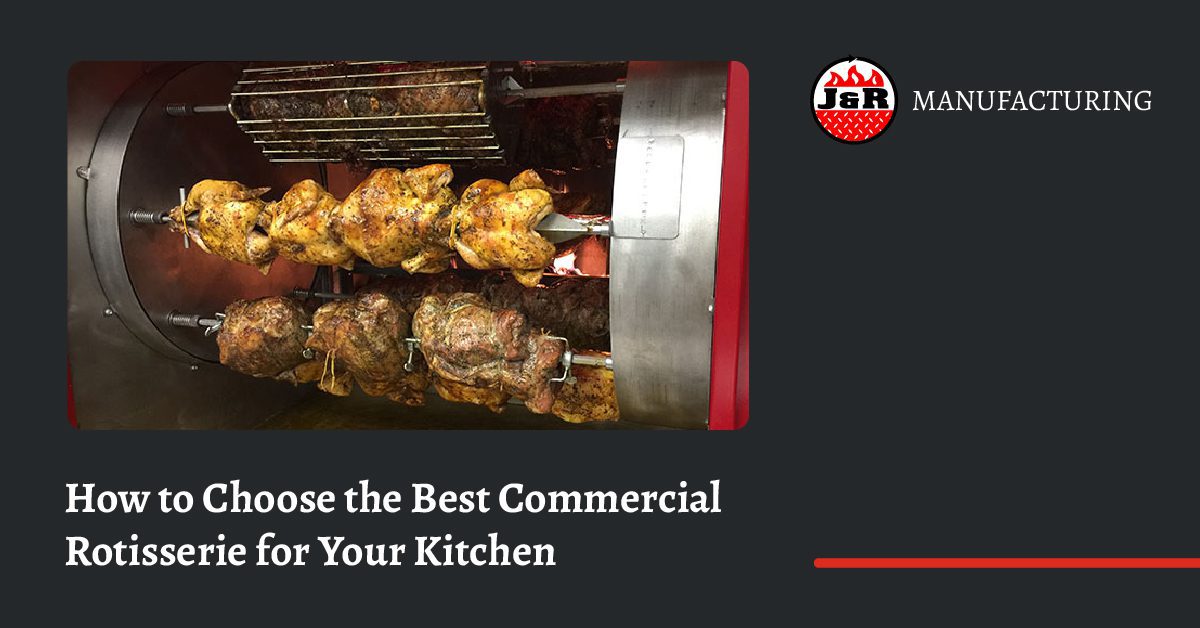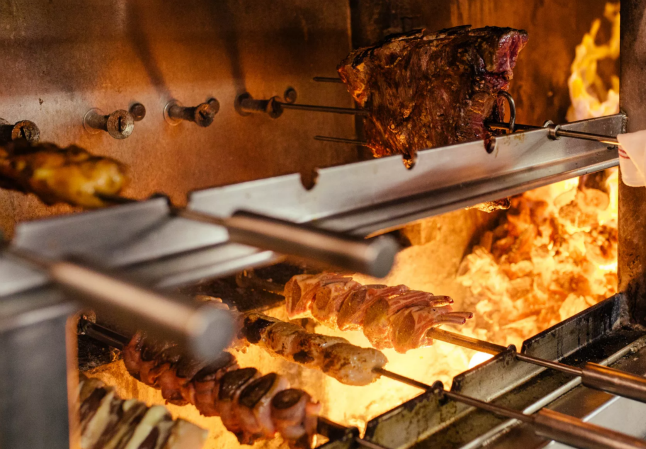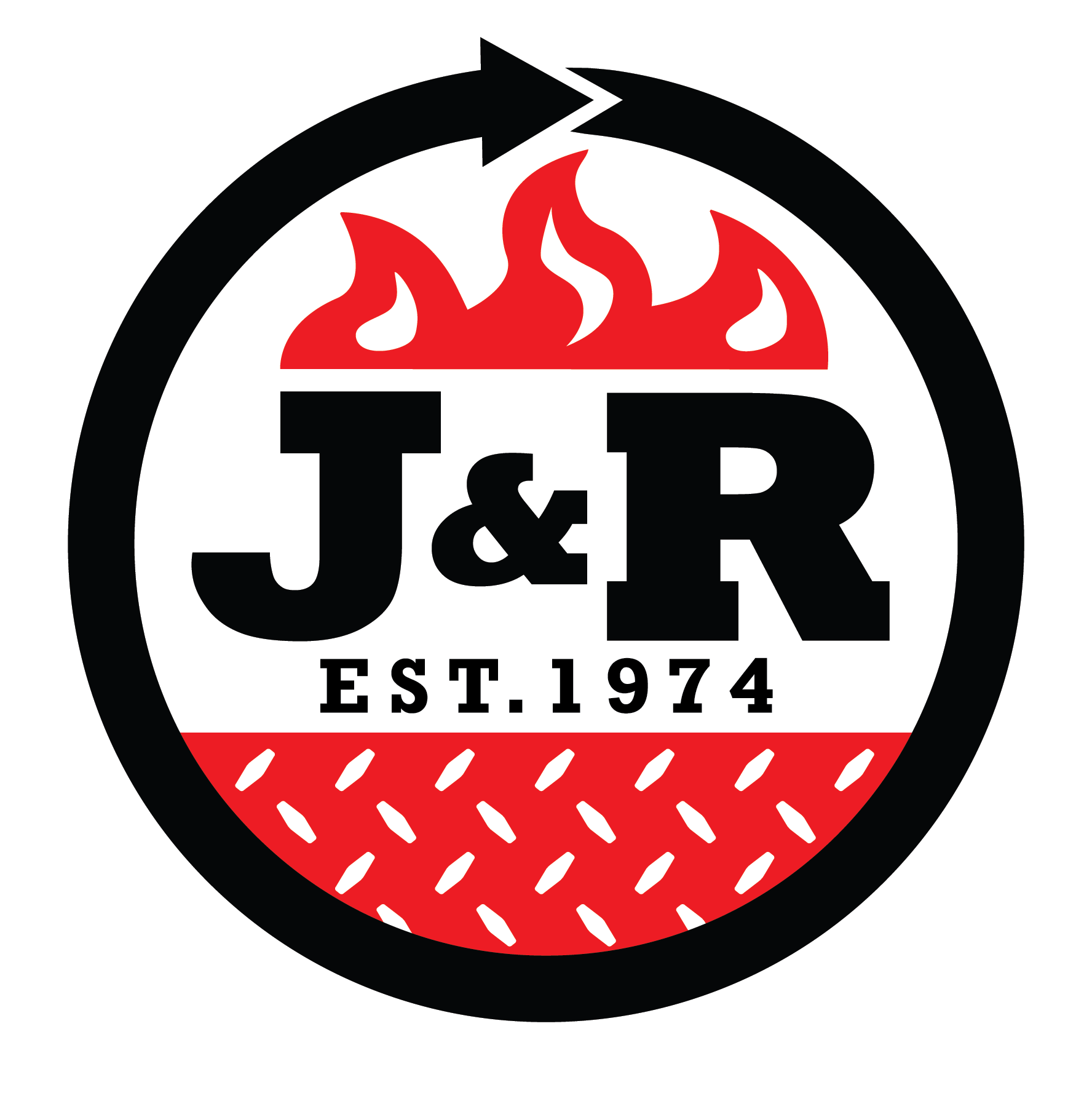
How to Choose the Best Commercial Rotisserie for Your Kitchen
Are you particular about how your meats turn out, requiring just the perfect texture, juiciness, and flavor to satisfy you and your customers? If that’s the case, it’s time to think about investing in a rotisserie.
Rotisserie ovens can help present food as a theater by providing a warm, inviting, and well-lit stage for your customers, from whole chickens to ribs, pork loin, roasts, and even vegetables and pastries. Rotisseries put food on display as it cooks, giving a surreal experience.
What Is the Advantage of a Rotisserie?
Unlike a grill, which cooks meat on raised ridges, a rotisserie cooks meat over an open fire as it’s held on a rotating appliance known as a spit. Here are six benefits of rotisserie cooking to help you learn more about it.

Easier Cooking
With a horizontal rotisserie cooking technique, you can ensure that all the juices and spices stay inside the meat. You can keep rolling the meat throughout the rotation process and cook it without fear of losing moisture.
Creates A Crispy Crust
The rotisserie melts the fat and forms a thin, crispy layer. The meat will be completely crispy on the exterior and retain all of its juices on the inside.
Great for Cooking Large Portions
A crucial aspect of rotisserie cooking is inserting a skewer into the meat and delivering heat to the entire meat. This method is most commonly used to cook a large animal and ensure that it is cooked uniformly on all sides. Because they emit less smoke, both charcoal and gas can be used for spit roasting.
Less Grease And Fat
One of the key advantages of rotisserie cooking is the ability to remove extra fat and grease during the vertical rotation process. This way, the meat is evenly cooked with less fat.
Even Browning
The gradual rotating process evenly caramelizes the meat proteins and imparts a rich flavor.
What Are the Different Types of Rotisserie Ovens?
Some of the common types of rotisserie ovens are:
Horizontal Rotisserie
The horizontal rotisserie is the most common type of rotisserie you’ll come across. These ovens are available in various sizes, shapes, and prices. They are excellent at not only roasting your meat but also preserving the flavorful juices inside.
It’s worth noting that horizontal rotisseries are the most popular and highly recommended.
Vertical Rotisserie
Vertical rotisseries work similarly to horizontal rotisseries, with the key distinction being the spit design and direction. As the name implies, the spit is vertical rather than horizontal. This design has several advantages, the most prominent of which is the absence of the balancing act that horizontal rotisseries need. Another fantastic advantage of the vertical design is that it saves some space.
Although vertical rotisseries are less common than horizontal rotisseries, many chefs who want to make foods typically prepared with a vertical rotisserie, such as gyro meat or tacos al pastor, may find a vertical rotisserie is an ideal option.
What Should You Look for When Buying a Rotisserie Oven?
In addition to determining the ideal type for your individual needs and lifestyle, there are several other aspects to consider when you peruse your Rotisserie options. These factors include:
Durability
Nobody wants to invest a few hundred dollars on something that will only last a year or two. Choosing a rotisserie with a strong reputation in the business and a model with positive ratings will help you choose a rotisserie that will last. Some rotisseries are also warranty-protected. If having a long-lasting rotisserie is important to you, seek out a company that is prepared to make that promise and stand by its product for years to come.
Size
There are two factors to consider when it comes to size: the size of the products you want to cook and the amount of space you have available in your kitchen.
Many rotisseries are designed to fit on a countertop, but the trade-off is that you won’t be able to fit a large turkey or bird inside. Some of the most popular models are only good for a 5-pound turkey, and the bulk of them will easily hold a chicken, but if you’re prepared to spend a little more and dedicate the counter space, you can find larger versions that can handle larger birds.

Number of Spits
This one is relatively straightforward: you can pick between a rotisserie with one to four spits. You can cook more pieces of meat at once with multiple spits, but they’ll have to be smaller unless you invest in a large rotisserie. Single spits make much more sense if you are primarily using your rotisserie for cooking birds. For kabobs or other tiny portions of meat, multiple spits come in handy.
Temperature Setting
Some rotisseries have variable temperature settings, while others allow you to set the temperature using degrees. Preset controls can save time and effort, while the option to specify distinct degrees allows for greater precision.
In the end, your personal preference will determine which is the best. If your recipes require cooking at a given temperature for a fixed length of time, this degree of precision may be the best option for you.
Meet Your Commercial Rotisserie Needs With J&R Manufacturing
Since antiquity, meat cooked over live fuel, such as wood or charcoal, has had a distinct flavor. We don’t seek to break this long-held tradition.
J&R Manufacturing’s products have a rich history. They’re steeped in the custom of wood or charcoal-based live fire, interacting with choice cuts of meat. When used under the guidance of a skilled chef, this strategy may provide a dish that customers will remember long after the feast is over.
Our best commercial rotisserie chicken machines are built to withstand heavy commercial use. Reach out to us today to learn more about your options.
